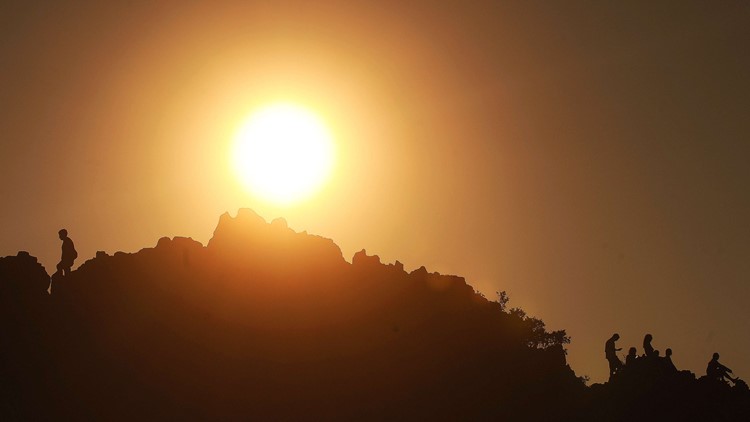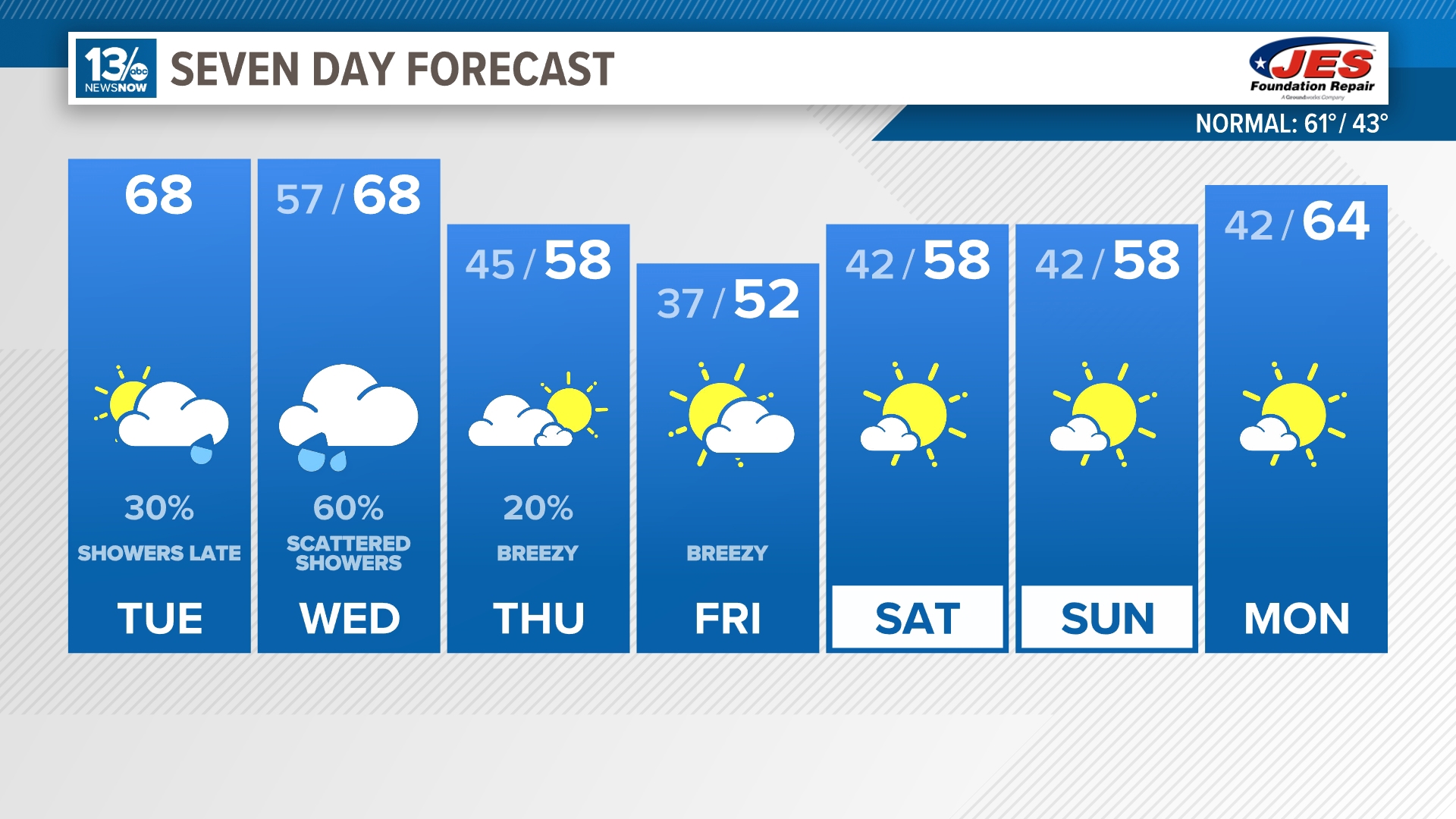![AFP_520760914[ID=10892959] ID=10892959](http://www.gannett-cdn.com/-mm-/0c4c131662ccd7cfd837218d0e3347dc8c816886/c=349-0-3652-2817/local/-/media/USATODAY/USATODAY/2014/06/19/1403203591000-AFP-520760914.jpg) The summer solstice is Sunday at 12:38 p.m. EDT — the moment the sun shines directly on the Tropic of Cancer, an imaginary line north of the equator.
The summer solstice is Sunday at 12:38 p.m. EDT — the moment the sun shines directly on the Tropic of Cancer, an imaginary line north of the equator.
This is the first day of astronomical summer and also the longest day of the year for people in the Northern Hemisphere. Washington, D.C., for example, will have nearly 15 hours of daylight.
So what's actually happening in space?
The Earth rotates around the sun, always tilted on its axis at a 23.5-degree angle.
Because of this tilt, the latitudes of 23.5 degrees north and 23.5 degrees south are important. The line at this latitude above the equator is called the Tropic of Cancer, and below the equator it's called the Tropic of Capricorn.
On Saturday morning, the Earth will be positioned so that the sun shines directly on the Tropic of Cancer, which crosses countries such as Mexico, China and India.
Meanwhile, the Southern Hemisphere is tilted away from the sun on Sunday, so people there will experience the winter solstice and the shortest day of the year.
The opposite happens in December: The sun shines directly on the Tropic of Capricorn, and the Southern Hemisphere experiences its summer solstice, while the Northern Hemisphere experiences its winter solstice.
The word "solstice" comes from the Latin words for sun and to stand still. On Sunday, the sun will appear to stay at the same height in the sky, as in the days before and after the solstice.
The biggest misconception about the summer solstice: People think the Earth is closer to the sun.
"We're not actually closer to the sun," C. Alex Young, associate director for science in the heliophysics division at NASA, said in an interview with USA TODAY Network.
The solstices aren't a result of the distance from the sun but the Earth's axis tilting toward or away from the sun, he said.
Because of this tilt, we have seasons. In June, the Northern Hemisphere receives more energy, which is absorbed by the oceans and atmosphere and then "re-radiated over time," so we have summer, Young said.
"If Earth was just straight up and down, there would never be a winter or summer. It would be the same in the north and south," he said.



